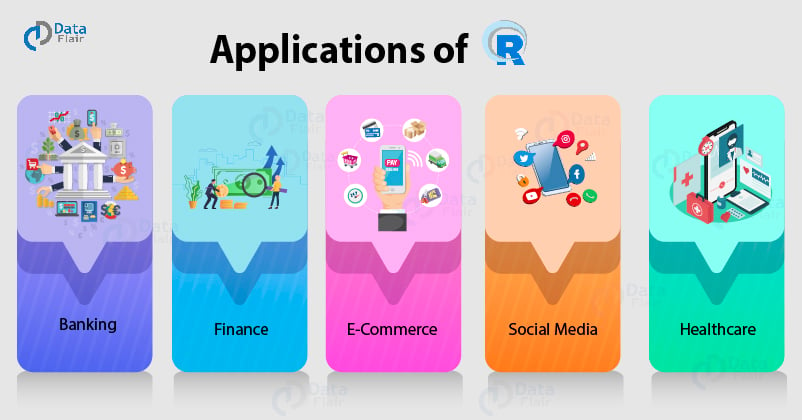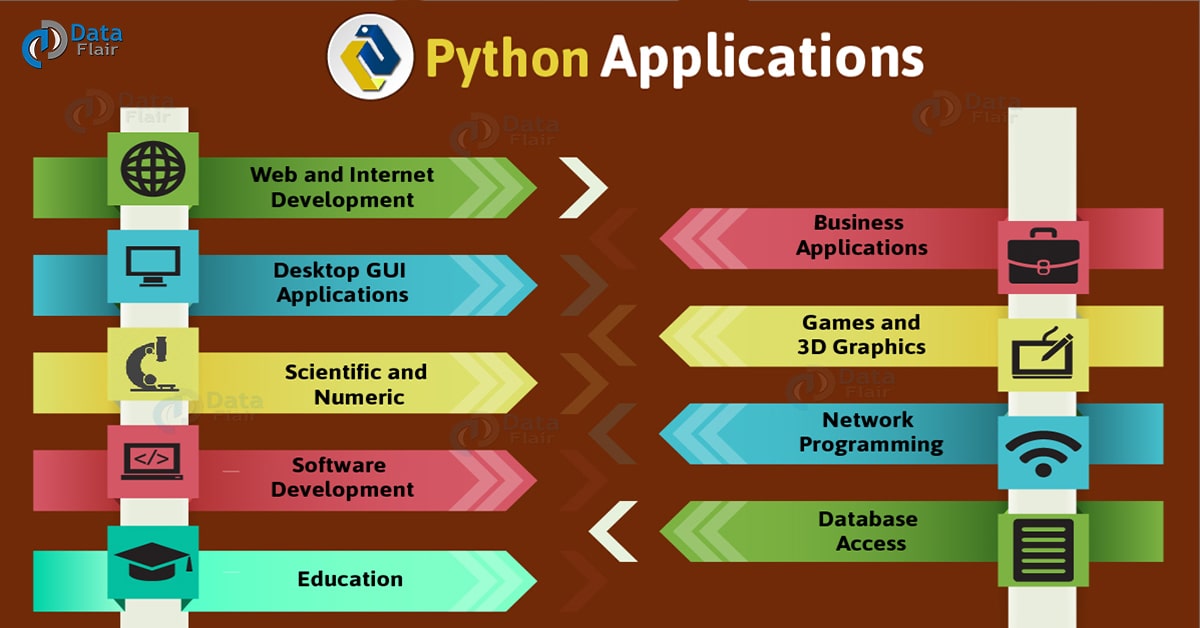R vs Python for Data Science – And the Better One is…?
Free Machine Learning courses with 130+ real-time projects Start Now!!
R and Python are states of the art in terms of programming language oriented towards data science. Learning both of them is, of course, the ideal solution.
With the massive growth in the importance of Big Data, Data science in the software industry two languages have emerged as most favorable languages for developers — R and Python have become two most favorite languages for data scientist and data analyst.
Both of these are similar yet different in their own ways which makes it difficult for the developer to choose one amongst them.
While R is most widely used for statistical modeling and data analysis, Python is used for data analysis as well as web application development.
First, we will discuss R, go through some of its popular packages and then discuss Python. By the end of the article, you will finalize a perfect tool among R and Python for Data Science learning.
What is R?
R is a popular statistical modeling language that is used by statistics and data scientists. It provides support for a various statistical package that is most widely used for data analysis and data modeling.
Ross Ihaka and Robert Gentleman together developed R in 1995 at the University of Auckland. For various data analytical roles and statistical computing, R is a popular choice.
Don’t forget to check the importance of R for Data Scientists
There are more than 10,000 packages in the library distribution CRAN repository of R. These packages are tailored for a variety of statistical applications. While R may be a hard-core statistical language, it provides extensible support for various fields, ranging from healthcare to astronomy and genomics.
However, R can be tough for beginners and those without the required knowledge of statistics. R is a tool for implementing statistical learning. It is a form of expression for delineating statistical learning by the users. Therefore, it may not be an ideal programming tool for beginners.
Wait! I think you are looking for a detailed article on R applications, here is one.
Let us discuss some of the popular and useful packages of R programming language –
ggplot2
R is popular for its extensive visualization support. Ggplot2 is one of the visualization packages that provide aesthetic support to its users. R provides a wide range of graphical capabilities that make data interactive to the users.
With the help of ggplot2, users can avail the extensions to increase usability and personal experience.
tidyr
tidyr is an R package that allows you to clean and organize your data. tidyr treats the data through the following two properties –
- Every column is treated as a variable.
- Every row is an observation.
Using tidyr, you can use three main functions – gather(), spread(), separate() to organize your data into rows and columns.
Dplyr
With the help of dplyr, which is the most important library in R, you can organize, wrangle and manage your data. With the help of dplyr, you can make use of the declarative syntax that is much easier to remember.
Furthermore, you can perform various operations in dplyr such as select, modify, filter and mutate.
Did you check the best data science tools? 8 one is my all time favorite
What is Python?
Python is a popular programming language that we use for developing web-applications as well as data science operations. Python provides a large number of libraries that appeal to programmers and data scientists alike.
What makes Python so popular is its ease of learning and a gentle learning curve. This makes Python a highly popular language among newbies who want to gain in-depth insight into computer programming.
Python is highly readable, easy to understand and compresses complex code in single functionalities.
Don’t you want to read more about these Python Applications?
Python provides various libraries like matplotlib, seaborn, tensorflow, scikit-learn and other important tools required for data science processing. Furthermore, it provides other tools like Flask, support for SQLite and other functionalities that can lead to a comprehensive data product.
Due to many functionalities in one language, Python is most popularly used in startups and companies where end-to-end data products are required to be synthesized. Some of the popular libraries of Python are –
Matplotlib
matplotlib is a popular Python library for developing aesthetic visualizations. It covers a vast variety of features that are essential in developing dynamic visualizations. You can create barplots, histograms, pi-plots and even more complex visualizations of PCA with the help of this library.
Pandas
Pandas is a data wrangling library that provides support for converting information into organized data-frames. It is essentially important for data manipulation and analysis.
Don’t forget to check the best Python Pandas Tutorial
Scikit-learn
Scikit-learn is a popular machine learning library that uses for classification and regression tasks. It is most suitable for delineating Blackbox functions that can carry out complex data operations.
R vs Python for Data Science – Major Differences
Here are some of the key differences R and Python that will guide you which one you should select for your Data Science Learning –
- Python covers a variety of areas like product deployment, data analysis, visualization as well as data prediction. R, on the other hand, focuses solely on statistical modeling and analytics.
- Python is used by software engineers and industries whereas R is mostly used by academicians and R&D institutes.
- Python best suits for beginners who want to explore the world of programming as well as data science. On the other hand, statistics provide a steep learning curve that is not well suited for beginners.
- Python makes use of PyPi which holds all the essential python packages. R, on the other hand, makes use of the CRAN repository. CRAN stands for Comprehensive R Archive Network. It consists of thousands of libraries and packages that the users can utilize and contribute to.
- While Python has its visualization libraries like matplotlib and seaborn, R has much more user-friendly and interactive libraries like ggplot2.
- Data Scientists who use R earn less than their Python counterparts. The average salary for the Data Scientists who use R is 90,000$ whereas, for Python based Data Scientists earn around 100,000$. However, the data scientists who use both R and Python earn a much higher salary of $117,345.
- According to a research, the number of data scientists who use Python is much more than the ones who use R. The number of R programmers were higher till the year 2016 but started to decrease as Python started to gain attention in the data science world.
- Since Python was primarily developed as a programming language, it offers a wide range of tools and support for debugging and code testing. R, on the contrary, does not have such strong programming features.
- As compared to R, Python does not have such a wide range of libraries. R provides packages for every field that makes use of statistics, from medicine to astronomy.
- Lastly, in the context of support, Python enjoys a larger community base. R does not have the same amount of community support.
Clear with the difference? Now, you must check the importance of Python for Data Science
Summary
So, this was all in Python vs R for Data Science. We can conclude that Python and R both are popular tools for data science. The preference of using either Python or R depends on the user and his/her applications.
There are several key differences between the two programming languages. Furthermore, a user should calibrate his/her experience with programming tools and then make the choice.
Hope you enjoyed reading the article – R vs Python for Data Science. Share your valuable feedback and queries through comments. We will definitely respond.
Did you like our efforts? If Yes, please give DataFlair 5 Stars on Google





Thank you for the knowlege. Seek information for formal learning.